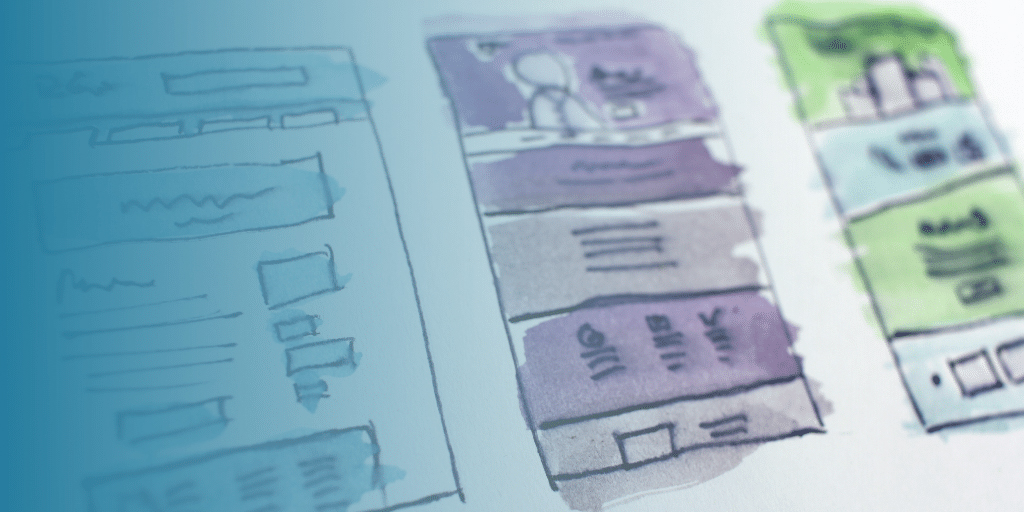In our training, when we ask for examples of good design, Disney is frequently cited as an example of good design. I think they do many things well – including marketing and merchandising – but had not had the Disney experience in a while, so we decided to test out the Disney experience earlier this year in Florida at the Magic Kingdom.
Because of the design thinking and service design work we do, we took the time to observe and assess along the way. There were many good things (it is Disney after all!), but we also noticed some challenges along the way. We were a ‘persona’ who hadn’t been to the ‘land’ before, and we were only going there for one day and only going to one park. I had been there as a child, but things have changed since then.
It’s obvious they have done a great job of understanding their end client, especially ones that are there for multiple days or are returning guests. From the clear parking and trolleys that bring you in from the parking areas to the special pricing for VIP parking, they are good at providing you with what you need before you even realize you need/want it – let alone be willing to pay twice the price for the added convenience.
As a first-timer persona, we encountered a couple of challenges. It was difficult to find our way around the park without a paper map (that we had to ask for). We had the Disney app but had issues with our phone (see next challenge and paragraph). From wristbands with the cards loaded on and the number of people who didn’t have their maps out, it was clear that many of the guests had been there before. When you combine the challenge of using a paper map, the number of people, the heat, plus having to wait in fairly long line-ups, getting around can be strenuous.
One thing that stood out as a fairly significant challenge, especially since Disney encourages customers to use the Disney app for things like Fastpass bookings, was the absence of outlets for charging devices. They don’t have anywhere to plug in your phone for charging! Even customer service folks had charger packs they used so they could continue supporting customers. I, like many people, use my phone for everything from messaging to taking videos. Our day was supposed to be a heavy usage day because I wanted to make sure I captured as much of the experience as I could. About two hours into the experience, I found I had to turn off as many apps as I could and turn on power-saving mode.
For a better, more seamless experience – and an opportunity to grow merchandising (and therefore revenue) – I would recommend charging stations, perhaps close to eating areas. Many would pay for this, and what I would pay even more for is a portable charge – they could even be Disney branded with different park names or characters to encourage “collecting them all.”
Even industry experts have opportunities to increase revenue and create better experiences with their guests (end-users). Try spending some time to consider what friction points your customers may be experiencing – or better yet, ask them!
If you are a business looking to understand your end-user (clients) in a more meaningful way, we can help. Contact us at info@spring2innovation or connect with us on social media to learn more.
